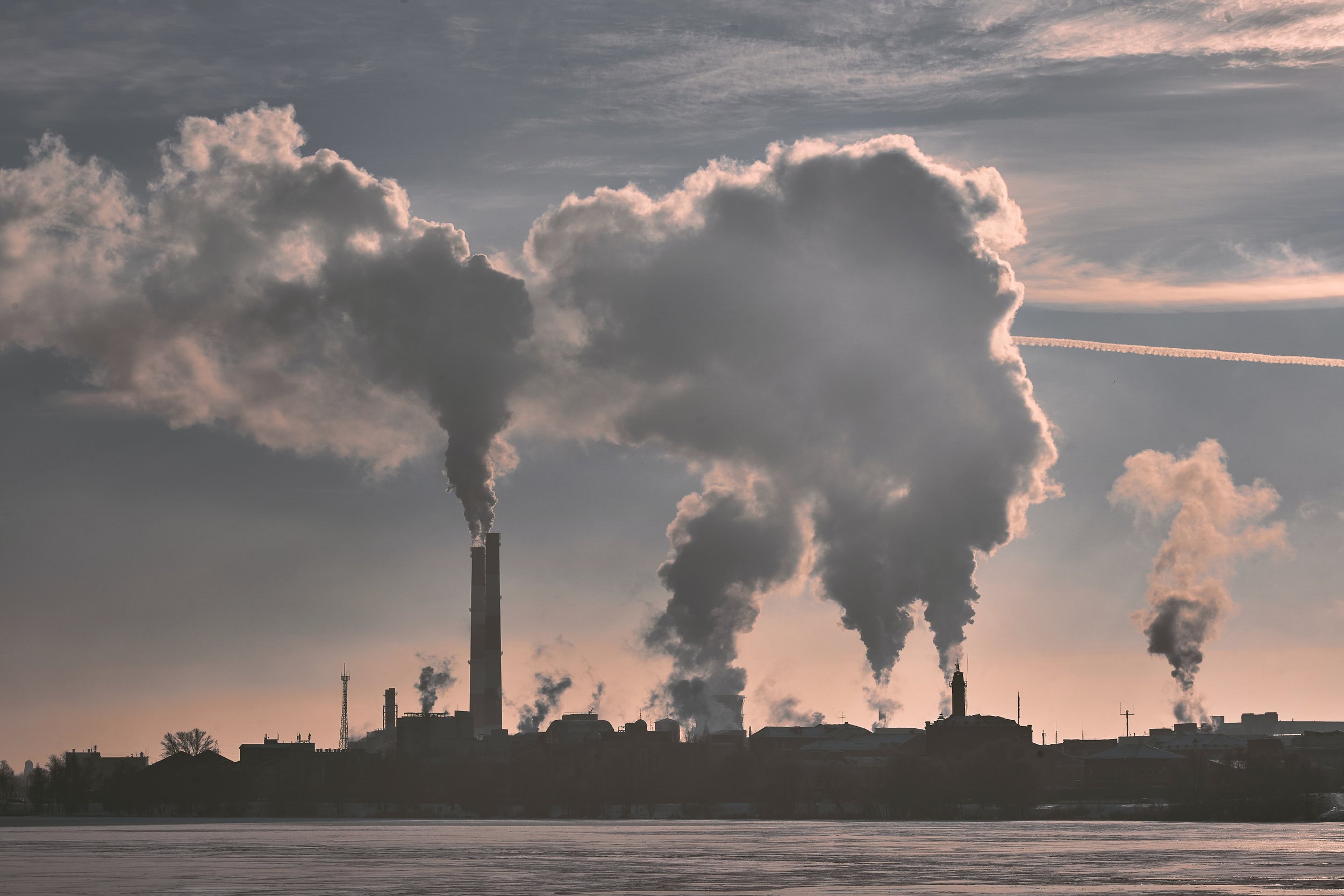Air Pollution in Cities, I Swear It’s Improving
I’ll confess that my first impression of Pittsburgh wasn’t a great one. I’d checked into a hotel, after a cab ride that had me reminiscing on my dad telling me of his trips to the city in the early 80’s to learn about local manufacturing economies, and by the side of the bed in my room I saw a cigarette stub. In what was supposed to be a clean hotel room. My dad had shared with me how Pittsburgh at some point was producing ~60% of all the steel that came out of the US. This centrality came from the availability of natural resources (coal, iron, timber, etc) and the proximity to easily navigable waterways. He’d visited the plants and the offices of the companies that were powering much of the US economy then. Companies like Duquesne Steel. He’d left his tours impressed. That was not my sentiment when it came to the stub in my room.
While the irony of smoke billowing from manufacturing plant smoke stacks and (a smoked) cigarette stub in my Pittsburgh hotel room wasn’t lost on me, the Pittsburgh I experienced wasn’t the same as the one my dad had experienced. There has been a decline in fine particle pollution in Pittsburgh (and across the world). In the research paper ‘Reversal Of Trends in Global Fine Particulate Matter Air Pollution’ by Chi Li, Donkeler et al, analyzing trends in global fine particulate matter (PM2.5) air pollution and associated health impacts from 1998 to 2019, the researchers find that
There has been a reversal in the previous growth of global population-weighted PM2.5 exposure, which peaked in 2011 and declined afterward.
The reversal is attributed primarily to reductions in China after 2011, as well as slowed growth in other regions like South Asia, the Middle East, and Africa.
There are three main drivers of the post-2011 decline in China
increasingly stringent air pollution control policies and measures implemented since 2013,
slowed economic growth, and
favorable meteorology.
Globally, the post-2011 reductions in PM2.5 exposure have contributed to a stagnation in the growth of PM2.5-attributable mortality, counteracting the mortality increases from a growing and aging population.
PM2.5 mitigation is found to yield greater marginal health benefits at lower concentrations globally, implying the increasing urgency and payoffs of further reducing PM2.5 exposure as air quality improves.
The Pittsburgh I experienced outside of the hotel room was one that harkened to its resource-driven past - sturdy and old buildings - but is pushing ahead with companies at the forefront of the new economy (even as they occupy those old buildings. Companies like Dueling and Aurora Innovation. The former is at the forefront of improving our collective understanding of different languages. And the other is at the forefront of ensuring that the cars of the future emit less smoke in an electric car-driven future powered more by electrons than by coal. While the push towards electric and del-driving cars is less about sustainability than it is about cars (I share more about this in a later article), the work of companies like Aurora Innovation will ensure that the smoke stacks do not come back. This march towards advanced technologies along with the work of supporting nature in local communities, according to the Pennsylvania Horticultural Society, has led to tree canopy cover increasing from 15% in 2008 to 20% in 2018, which will help ensure that the pollution in these cities stays a thing of the past.
The sustainability benefits, a consequence, of moving to electric cars, even as these companies grow, will ensure that cities like Pittsburgh make the transition to the future state that we all need if we are to make better use of our resources and continue to strive. This challenge - transitioning a city or an economy from the one thing that led to growth into a new thing that looks totally different - isn't new. Human beings find a way to reimagine, rebuild, and keep going.
-
DesPM2.5 refers to fine particulate matter that is 2.5 microns or less in diameter. It is a type of air pollution consisting of tiny solid or liquid particles that can be inhaled deeply into the lungs.
-
Sources include combustion activities like vehicle emissions, power generation, industrial processes, cooking/heating, and natural sources like dust and wildfires.
-
DPM2.5 is more hazardous than coarser particles because its small size allows it to penetrate deeper into the lungs and bloodstream.
-
Exposure to PM2.5 is linked to increased respiratory and cardiovascular diseases, lung cancer, and premature mortality.
-
Monitoring and regulating ambient PM2.5 levels is an important public health priority worldwide, especially in rapidly developing regions.
The World Health Organization provides an Air Quality Guideline of 5 μg/m3 for annual average PM2.5 concentration to minimize health risks.Item description


